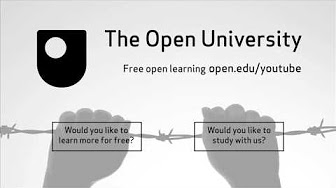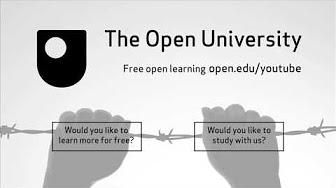See - YouTube
Evolution of human rightsOpenLearn from The Open University
What are the differences between individual and minority rights? How did the League of Nations and United Nations attempt to address the topic of human rights? Right now, we define human rights as the rights to which all people are inherently entitled to as a result of being a human being. From the creation of the League of Nations in 1920 it’s been accepted that everyone should be protected under a set of natural or legal laws, but how has the definition of these rights changed since they were first conceived? This audio collection examines the role the League of Nations and United Nations played in the implementation of this idea and both the pros and cons of assigning rights to individuals and to groups. This material forms part of the Open University course ‘A327 Europe 1914-1989 War, Peace Modernity’
1

4:46
End of the League of Nations (#1)
OpenLearn from The Open University
2

2:53
Minority rights in the League of Nations (#2)
OpenLearn from The Open University
3

0:55
Individual rights in the United Nations (#3)
OpenLearn from The Open University
4

3:22
The problem with Individual rights (#4)
OpenLearn from The Open University
5

3:09
The Helsinki Declaration of human rights (#5)
OpenLearn from The Open University